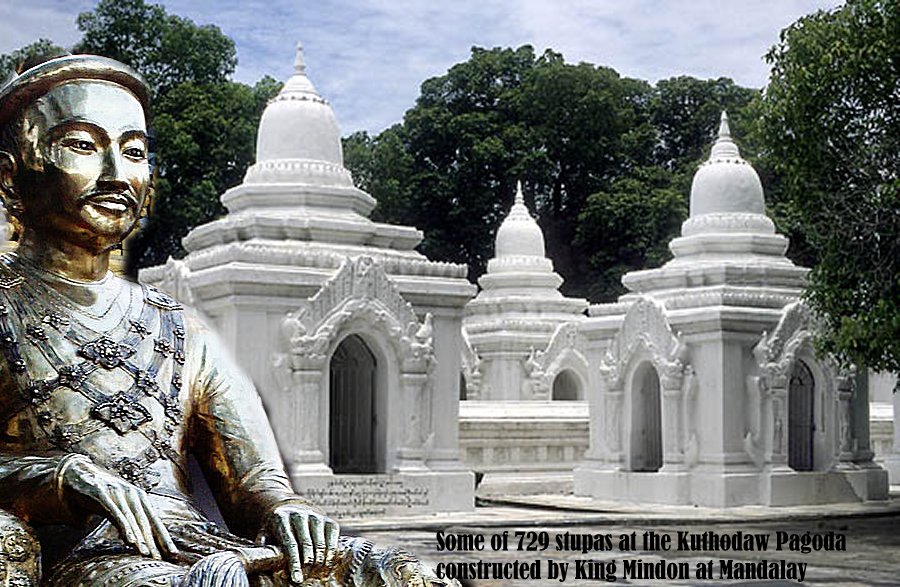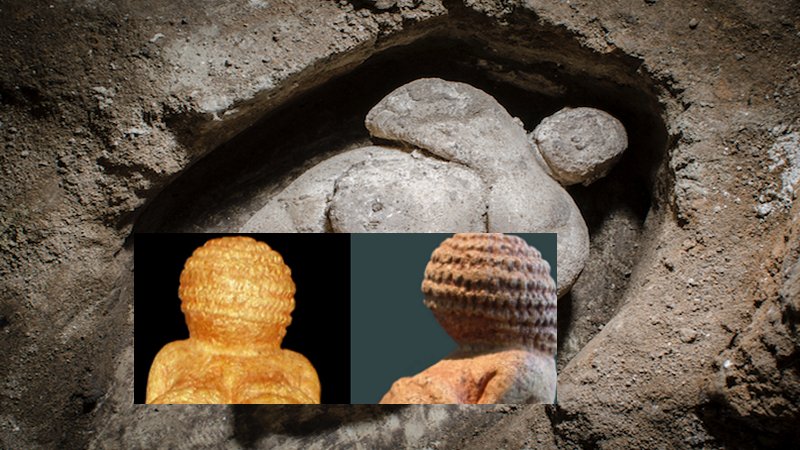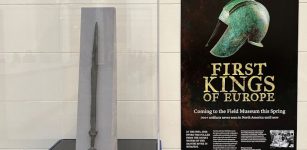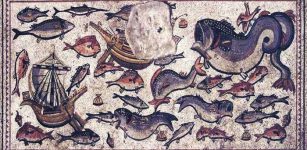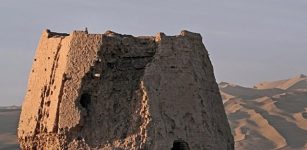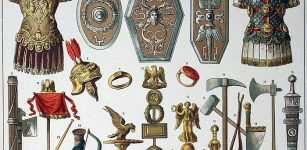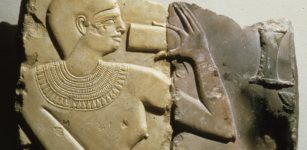Kuthodaw Pagoda – ‘The World’s Largest Book’ Carved In 729 Marble Slabs
MessageToEagle.com – Kuthodaw Pagoda is an amazing complex known as the ‘World’s Largest Book’ and is located in Mandalay, Burma (Myanmar).
It was constructed during the reign of King Mindon (1808 – 1878), one of the most popular and revered kings of Burma. At the same time, the nearby Royal Palace was also built.
It comprises a gilded stupa, 188 feet (57 m) high: its four corners are decorated with four large golden Chinthe, mythological lions, that guard the pagoda. The structure is surrounded by hundreds of sacred stone shrines housing 729 marble slabs inscribed with Buddhist teachings.
These slabs are inscribed on both sides with a page of text from the Tipitaka – the Buddhist scriptures composed during the period from c. 500 BC to about the start of the Common Era.
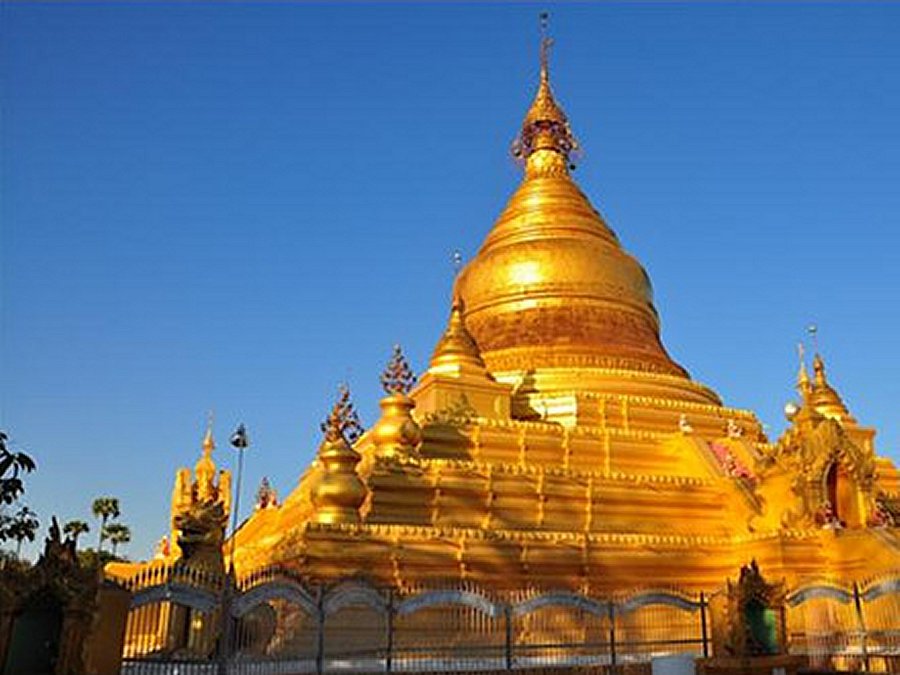
The carving the Tipitaka text in hundreds of stone tablets took eight years, from 1860 to 1868. The 730th carved tablet was placed at the southeast corner and records the history of these 729 tablets. Neatly arranged in rows and housed by little white Buddhist stupas later built, these 729 marble tablets with the text of Tipitaka are considered “the biggest book in the world”.
See also:
Spectacular 2,500 Years Old Shwedagon Pagoda In Myanmar – World’s Oldest Pagoda
Mireuksa Pagoda: Largest And One Of The Oldest Of Korean Pagodas
Legend Of Ancient Princess Thone Pan Hla Who Is Believed To Haunt Pyay In Myanmar
Ancient Irrawaddy Delta City Could Re-Write History Of Burma And The Pyu People
More Fascinating Ancient Mysteries
Each marble slab measuring153 centimeters tall and 107 centimeters wide is enshrined in a cave. The texts were copied from ancient manuscripts written on dried palm leaf, the letters chiselled out of the stone and inlaid with gold leaf.
It is said that one will need 450 days to finish reading all these tablet inscriptions if he reads eight hours a day. The masterwork was created for future generations of modern scholars in Buddhism and pilgrims.
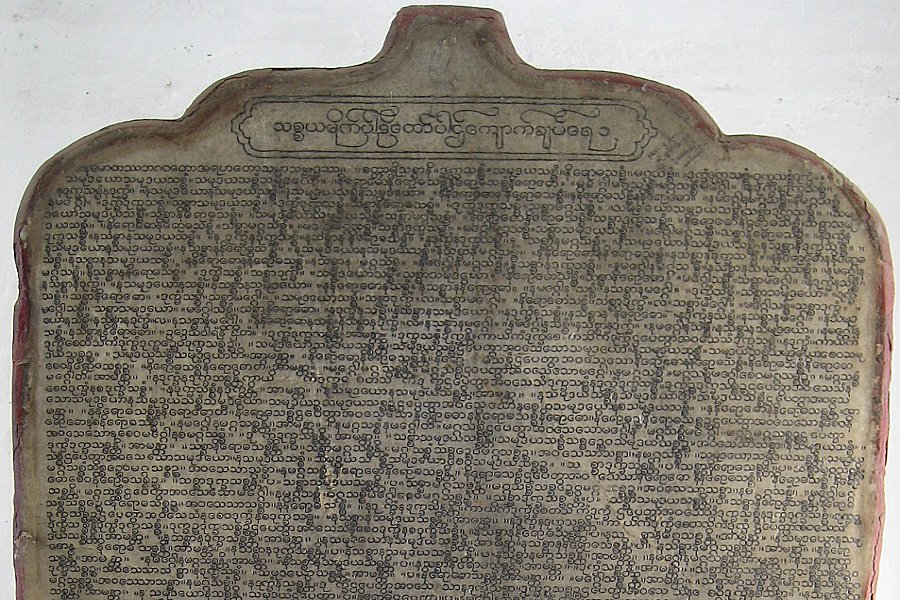
The main entrance to the pagoda – a gold and red South gate – is decorated with sculptures depicting deities and animals from Hindu and Buddhist mythology. Mural paintings dated to the 19th century) adorn its walls. At the end of the corridor is a pavilion enshrining an image of the Buddha. The compound of Kuthodaw Pagoda is surrounded in three square city walls, which were equipped with grand teak doors richly decorated with statues of lions and crocodiles.
On top of a pole in front of the pagoda is Garuda, a bird from Buddhist and Hindu mythology) grasping a Naga serpent.
The marble carved slabs were once very beautiful.
When the tablets were revealed in 1868, each line of writing had been filled with golden ink and the stones were decorated with precious stones including rubies and diamonds.
Unfortunately after the British invaded in the mid-1880s, the troops looted the temple site, stripping the slabs of their gold ink and gems.
Copyright © MessageToEagle.com All rights reserved. This material may not be published, broadcast, rewritten or redistributed in whole or part without the express written permission of MessageToEagle.com
Expand for references
